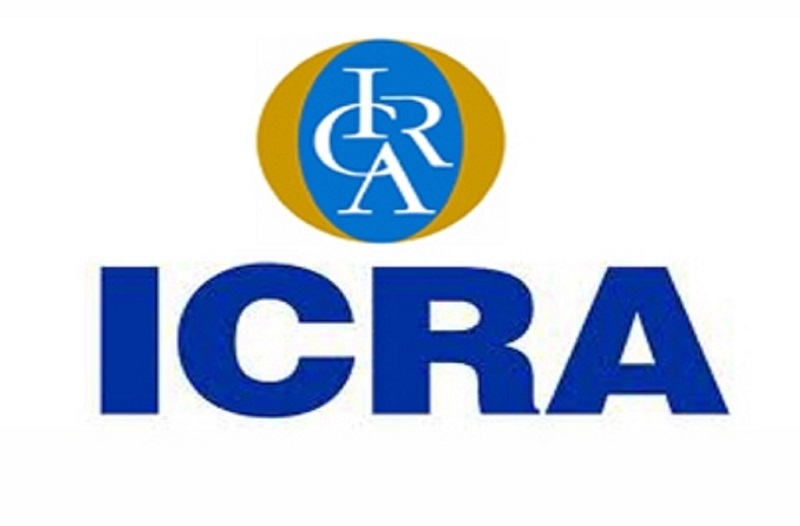- GST implementation should be positive for CV pools but a short term negative for MSME pools
ICRA’s analysis of its rated securitisation pools suggests that, as of March 2017, the collection performance of the rated commercial vehicle (CV) loan pools has stabilised at pre-demonetisation levels of around 96%. A similar trend has been observed for the rated MSME (Micro, Small & Medium Enterprises) loan pools as well. However a significant deviation from this trend has been observed in the performance of the Micro loan pools where collection efficiency, although inching up to over 92%, is far below the pre-demonetisation levels of 99% which was a characteristic of this asset class.
For CV pools, the average monthly collection efficiency for the quarter ended March 2017 stood at 96.4%, comparable to 95.9% for the quarter ended September 2016 and substantially higher than 90.2% for the quarter ended December 2016. Collections had moderated in Q3 FY2017 due to demonetisation. Says Vibhor Mittal, Head – Structured Finance Ratings at ICRA Limited, “The impact of demonetisation was more pronounced in the used CV segment in the rated pools. Between September 2016 and March 2017, delinquencies in the New CV pools have remained largely stable while delinquencies in the Used CV pools have doubled. The share of cash based repayments is higher for Used CV loans as opposed to New CV loans.”
The trend of rising delinquencies post demonetisation is visible in the case of MSME loans as well. Both the loss-cum-90+ and loss-cum-180+ dpd[1] levels have more than doubled from 3.7% and 2.8% in September 2016 to 8.9% and 5.7% in March 2017. The underlying borrowers are usually small and medium industrial units (mostly Tier II and Tier III ancillary units) or individuals engaged in agriculture-allied activities, engineering, auto ancillary, power loom, dairy, services and plastic industries. A majority of the pools have completed less than 22 months post securitisation and given that these loans typically have 4-5 year tenures, which suggests there is adequate time for recovery of overdues. Also, despite the interim rise in delinquencies, the average cumulative collection efficiency continues to be 98% across pools.
In the case of Micro loan pools, monthly collection ratios dropped sharply across the board during November 2016 and December 2016, dipping to under 50% for a few pools. Due to the sharp drop in collections for this asset class, the average loss-cum-0+ dpd[2] increased from around 0% to 10.5% in November 2016 and 18.7% in December 2016. Collection efficiencies have been marginally increasing since January 2017 in most of the rated pools. The loss cum 0+ dpd as on Jan-17 was 20.8% which rose marginally to 21.7% as on Feb-17 and 23.2% as on March 2017. These numbers suggests that the rate of fresh slippages into delinquency buckets has slowed down. However, credit quality concerns remain in a few pools where the collection efficiencies have not shown any substantial improvement and still continue to be in the 75% to 80% range. ICRA has already downgraded the ratings in 12 transactions backed by micro loan receivables, and continues to closely track their performance.

